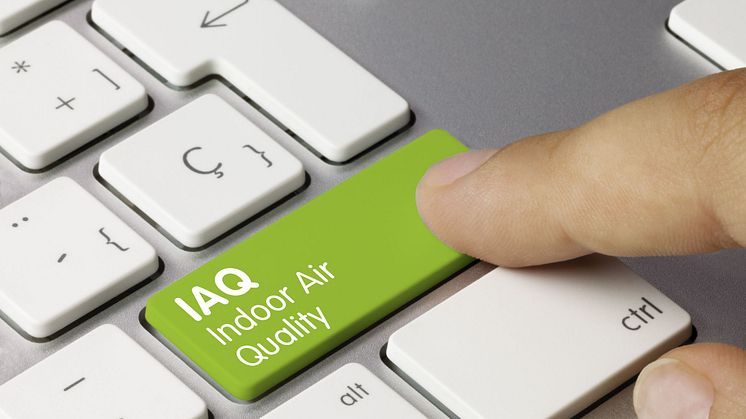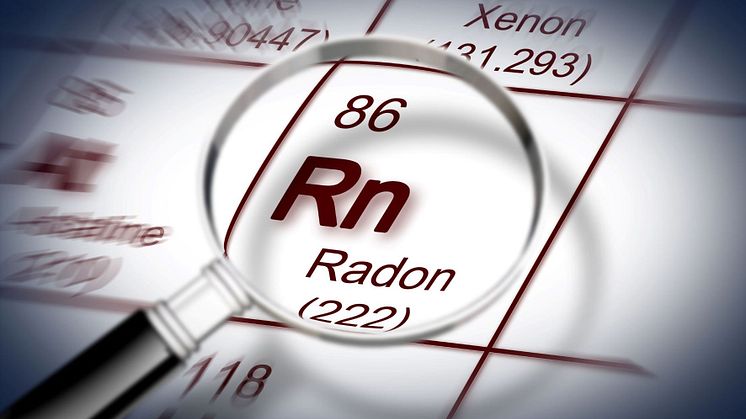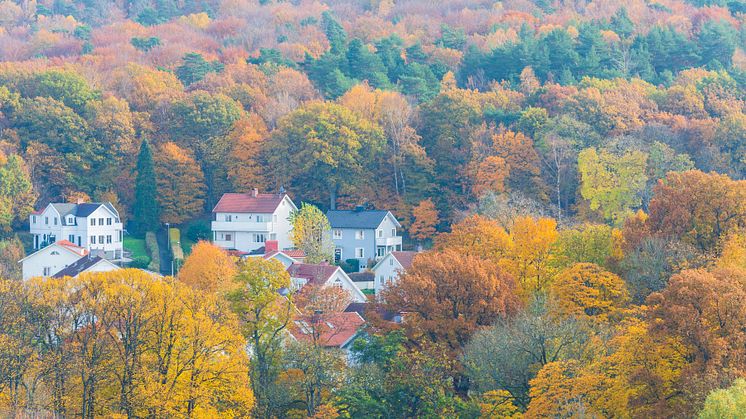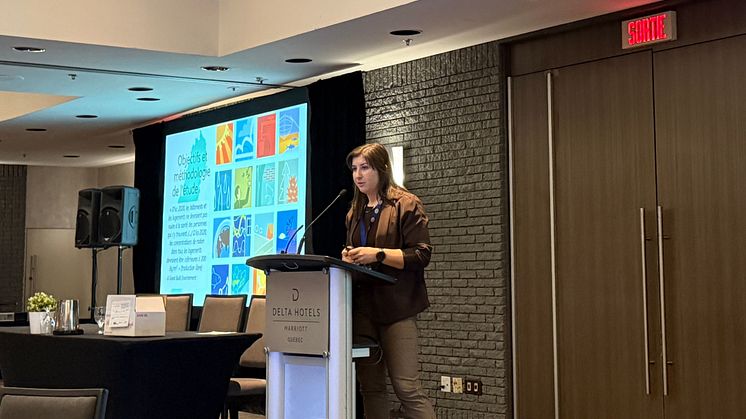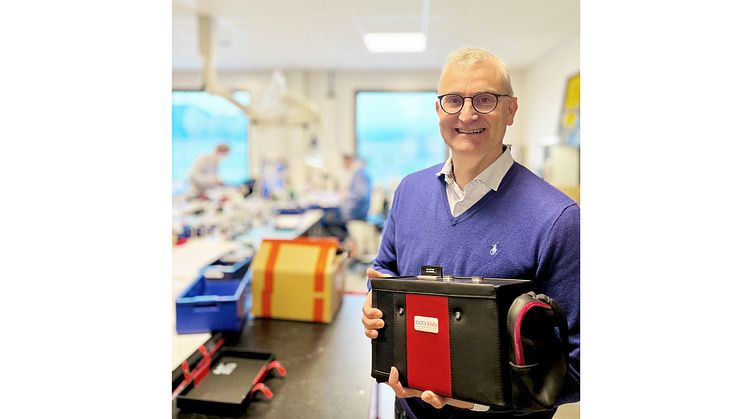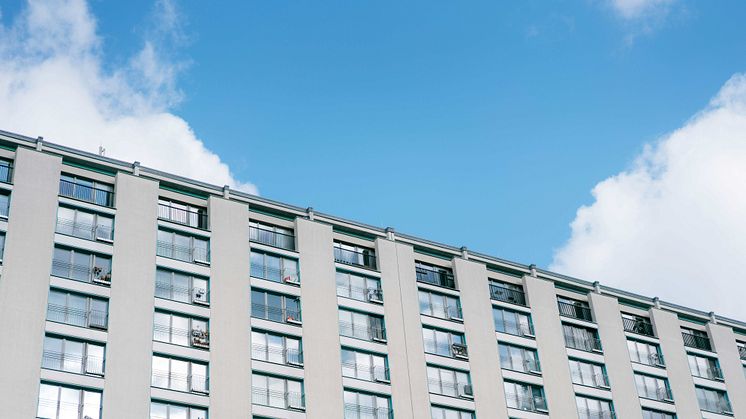
Blog post -
Why you should measure radon at least every two to five years
Measuring radon regularly is crucial to ensure that radon levels in a home or building remain below recommended reference values. Radon is an invisible and odorless gas that forms when uranium breaks down in the soil and can enter buildings through cracks, foundations, and ventilation systems. Elevated radon levels can have serious health consequences, including an increased risk of lung cancer.
Changes that can affect radon levels
Over time, changes in a home or building can cause radon levels to vary. Some examples include:
- Cracks in the foundation: Foundations can develop small cracks due to ground movements, natural wear, or renovations. These cracks can serve as new entry and exit points for radon.
- Additions: An addition can change the airflow in the building and affect how radon accumulates and moves. New foundations can also create additional points where radon can enter.
- Renovations: Changes in floors, walls, or ceilings can inadvertently create new cracks or breakpoints that let in radon. Updating to more energy-efficient materials can also affect the building's tightness.
- Ventilation changes: If the ventilation system is adjusted, updated, or stops working effectively, it can lead to increased radon levels. This is common in older buildings where ventilation systems are not always optimized.
- Soil conditions: Moisture and other natural changes in the soil around and beneath the building can affect how radon rises to the surface and penetrates.
For those who have recently moved to a new home, the recommendation is to ensure an accredited radon measurement has been done within the last two to five years, depending on the protocol in your city or country. If this is not the case, a radon test should be conducted soon after moving to the new home.
Regular radon measurement protects your health
Measuring is simple to perform and involves placing radon detectors in the home or building for time periods of 60 to 365 days.
Regular measurement allows for early detection of changes in radon levels. If high levels are detected, actions such as sealing cracks, installing a radon mitigation system, or improving ventilation can effectively reduce levels.
Note! Radon can be measured year-round. However, to obtain an annual average radon level in your home or workplace, some countries such as Sweden and Canada recommend radon be measured during the heating season. This season typically runs from October 1 to April 30, which means that radon measurement should begin by the end of February at the latest.
Karl Nilsson, CEO of Radonova Laboratories, emphasizes the importance of regular measurements:
"Radon levels can vary significantly over time, and even minor changes in a building can lead to increased levels. By measuring regularly, you maintain continuous protection and can act proactively. If a measurement indicates elevated levels, in most cases it is neither particularly expensive nor complicated to reduce the radon levels."
A practical part of building maintenance
Including radon measurement in regular building maintenance is a rational strategy to prevent problems. It is not just about complying with guidelines and legal requirements but also about ensuring a healthy environment for everyone in the building. Given how simple and cost-effective it is to perform a measurement, there is no reason to wait.
Rules and recommendations on how often radon measurement should be performed vary between contexts and building types. These also differ between countries. Radonova's recommendation is that an accredited radon measurement be carried out at least every 5th year, regardless of building type.



